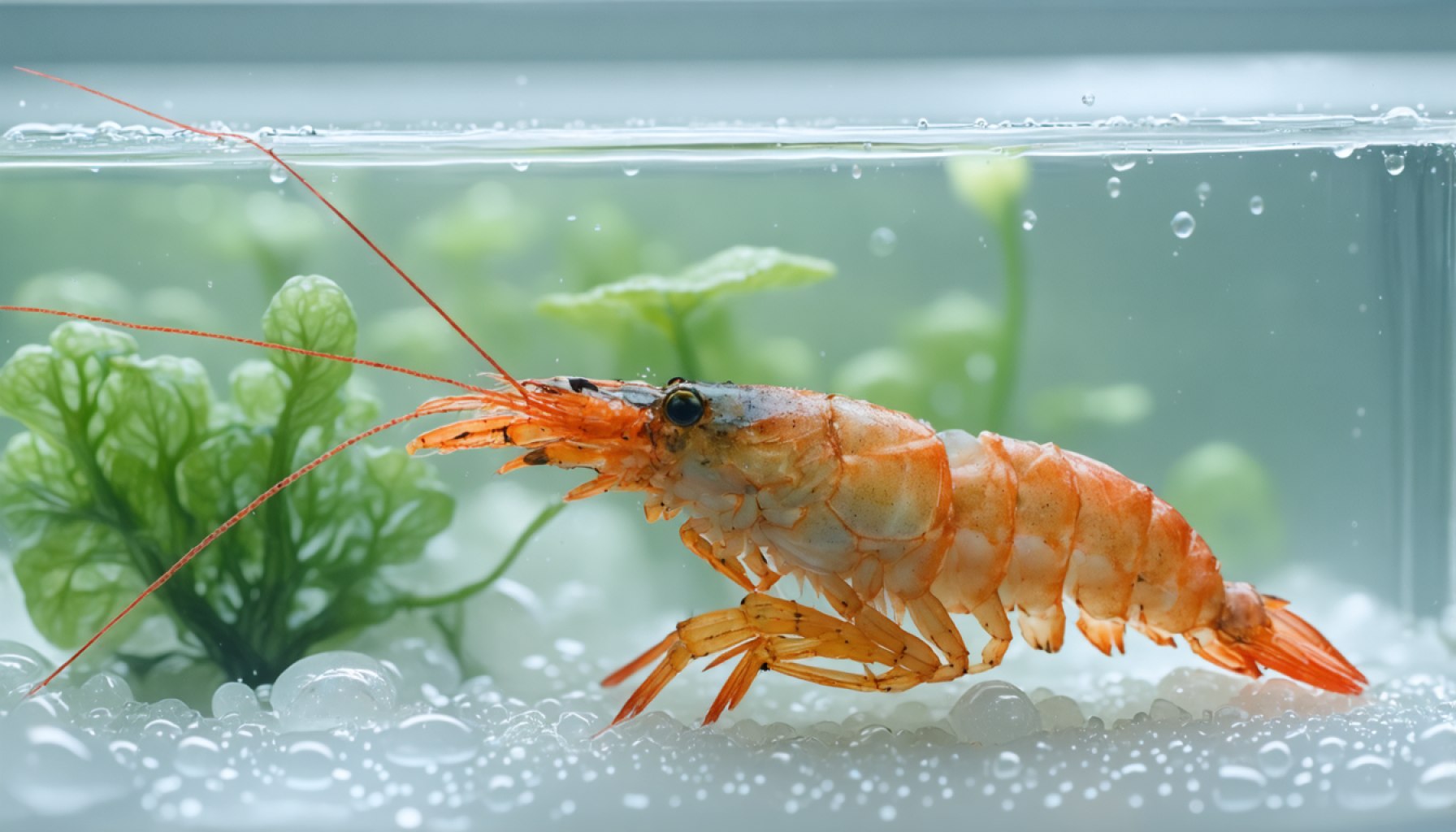- Shrimp farming is evolving into a key player in combating climate change, especially in mangrove-rich regions of Southeast Asia.
- Modern aquaculture techniques, such as closed-loop systems, reduce environmental impacts like deforestation and water pollution.
- These farms aid in carbon sequestration, as mangroves capture and store significant CO2 amounts, offsetting climatic impacts.
- Advancements in technology improve shrimp farming efficiency, using sustainable feed and precise water monitoring for better yields.
- The transformation reflects the potential for traditional industries to shift towards sustainable practices, offering ecological and economic benefits.
- The narrative underscores the importance of integrating traditional industries as allies in climate strategies, advocating for global recognition and support.
The coastal tides roll in, their rhythmic crash diffusing a mist that carries more than just the scent of the sea. It’s a whiff of change—a revolution subtly unfolding at the water’s edge. Beneath the waves, the quiet world of shrimp farming is making unexpected waves in the fight against climate change.
Deep in the mangrove-lined lagoons of Southeast Asia, shrimp farmers tend to a bustling aquatic world. These farmers are not just nurturing crustaceans for global consumption; they are becoming unlikely stewards of environmental sustainability. By integrating innovative aquaculture techniques, these farms are transforming from their once-tarnished reputations as environmental hazards to vital allies against environmental degradation.
Modern shrimp farms have evolved far beyond the unsustainable practices of the past, marked by deforestation and water pollution. Today’s progressive farms employ techniques that create closed-loop systems, drastically reducing harmful runoff and maintaining a delicate balance with local ecosystems. This shift not only preserves biodiversity but also fortifies the coastal defenses against the ever-encroaching threats posed by rising sea levels and increasingly ferocious storms.
Moreover, these farms contribute significantly to carbon sequestration. The mangroves surrounding many operations capture substantial amounts of CO2, storing carbon in their dense, soil-laden roots and helping to counterbalance the carbon footprint. This natural method of capturing emissions underscores the vital role of responsible aquaculture in broader climate strategies.
Empowered by cutting-edge technology, like precision water quality monitoring and sustainable feed alternatives, shrimp farming presents a scalable method to produce high-protein food with a reduced environmental imprint. These advancements ensure that shrimp populations thrive, with healthier yields and fewer resources—ushering in both ecological and economic benefits.
Amidst a global crisis demanding swift action, shrimp farming emerges as an unsung hero, representing how traditional industries can pivot towards sustainable practices with significant impact. As research continues to uncover the multifaceted benefits of these aquatic ventures, the industry’s potential as a climate change ally becomes increasingly apparent.
The tide, it seems, is turning. For consumers and policymakers alike, the story of shrimp farming offers a compelling narrative of transformation, reminding us that even the smallest of creatures, nurtured thoughtfully, can help mend the fractured relationship between humanity and nature. Here lies a testament to the idea that the solutions to our most pressing challenges may be found not in grand gestures but in the quiet revolutions of the natural world, waiting to be cultivated anew.
Discover the Surprising Role of Shrimp Farming in Combatting Climate Change
The Hidden Environmental Benefits of Modern Shrimp Farming
Shrimp farming has experienced a renaissance, emerging as a pivotal player in the fight against climate change. Once criticized for its ecological impact, the industry has adopted sustainable practices that are setting new standards in environmental stewardship. Here’s what you need to know about the transformation and future of shrimp farming.
Advanced Shrimp Farming Techniques
1. Closed-Loop Systems: Modern shrimp farms utilize closed-loop systems to recycle water, effectively reducing pollution and preserving local aquatic ecosystems. This approach minimizes harmful runoff into surrounding waterways, which was a major concern with traditional systems.
2. Mangrove Rehabilitation: Shrimp farms in Southeast Asia are often surrounded by mangroves, which are crucial for carbon sequestration. These natural carbon sinks absorb CO2, aiding in climate mitigation efforts.
3. Precision Water Quality Monitoring: Employing technology to monitor water quality ensures healthier shrimp populations and reduces disease, which historically required chemical intervention.
4. Sustainable Feed Alternatives: Traditional feed often relied on wild fish stocks, unsustainable in large quantities. New feeds use plant-based and lab-cultivated proteins, which lessen the ecological footprint.
Real-World Use Cases and Market Trends
– Economic Impact: Responsible shrimp farming not only supports the environment but also boosts the economy by providing jobs and sustaining local communities, particularly in developing nations.
– Increased Demand for Sustainable Seafood: With rising consumer awareness about sustainable food sources, there is a growing market for shrimp produced using eco-friendly methods.
Challenges and Limitations
While the industry is making impressive strides, it still faces several challenges:
– Initial Costs: Transitioning to eco-friendly systems requires significant upfront investments, which can be a barrier for smaller operations.
– Market Access: In some regions, sustainably farmed shrimp must compete with cheaper, less environmentally friendly alternatives.
– Regulatory Support: Continued success depends on supportive government policies that incentivize sustainable practices.
Insights & Predictions
– Growth of Eco-Conscious Markets: Expect robust growth in markets favoring sustainable products. Consumers increasingly prioritize environmental impact when making purchasing decisions.
– Technological Innovation: Advances in biotechnology and farming techniques will further lower costs and improve efficiencies in shrimp farming.
Quick Tips for Consumers
– Seek Certifications: Look for labels like the Aquaculture Stewardship Council (ASC) when purchasing seafood, ensuring it meets stringent sustainability criteria.
– Support Local: Whenever possible, buy shrimp from local, verified sustainable sources to reduce your carbon footprint and support local economies.
Conclusion
The future of shrimp farming lies in continuing to merge tradition with innovation, transforming an industry with a historically poor environmental reputation into a pillar of climate resilience. By supporting these sustainable practices as consumers and policymakers, we can help repair humanity’s relationship with nature and enjoy the ecological and economic benefits these changes afford.
For more on advances in sustainable agriculture and aquaculture, visit World Wildlife Fund.
